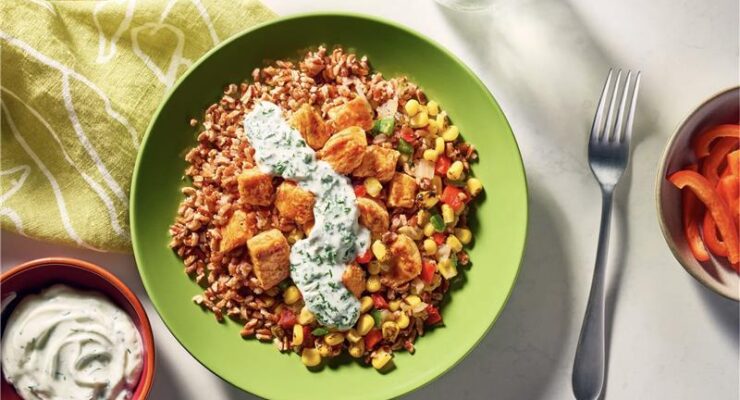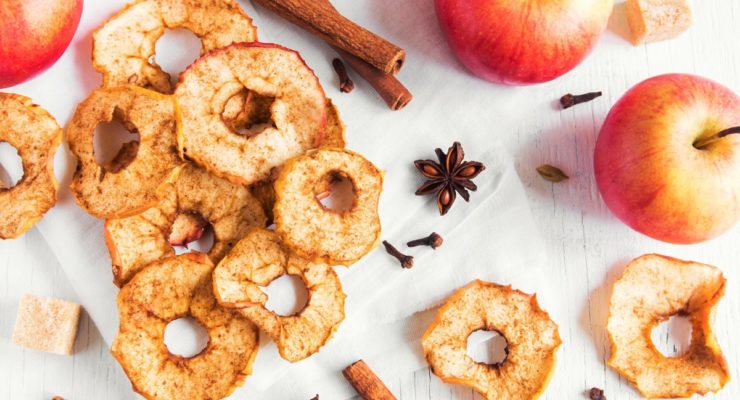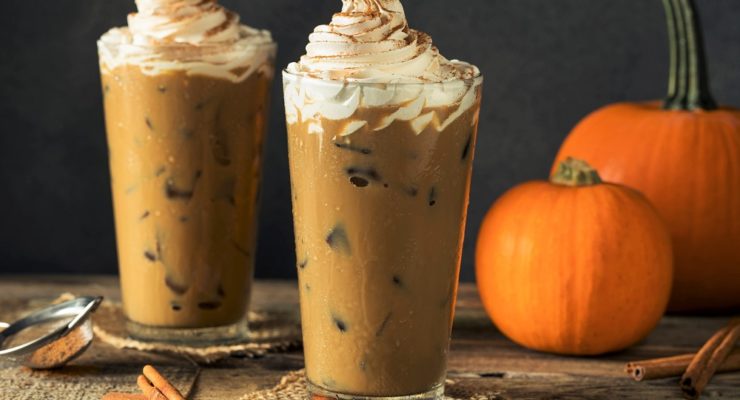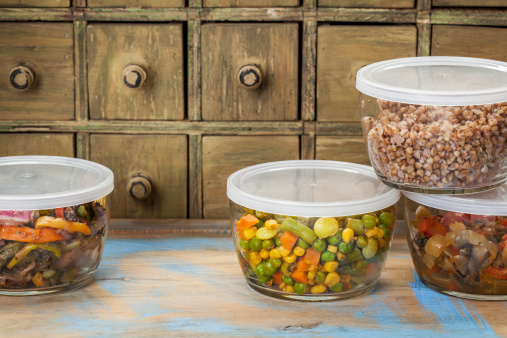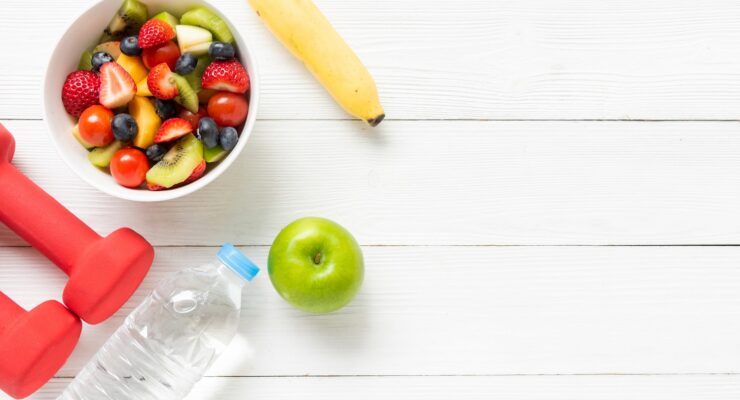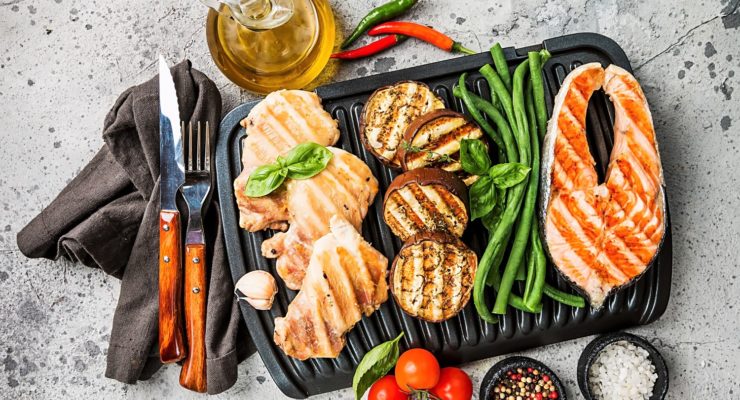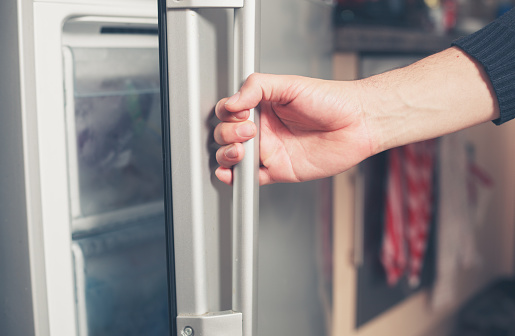
Not to frighten you, but at room temperature, bacteria in food can double its population every 20 minutes. The more bacteria present, the greater the risk that the food will spoil or make you sick. Because cold temperatures prevent most harmful bacteria from reproducing, your refrigerator and freezer are essential tools for keeping food safe, fresh and tasting its best.
Before we get to which foods need to go in the refrigerator and which should be frozen, let’s start with a little science. Food can host two separate kinds of bacteria. Spoilage bacteria grow very slowly at the cool temperatures found in the refrigerator, but eventually they cause food to develop strange or bad tastes and smells. Eating spoiled food isn’t appealing, but if you do you might not experience any significant side effects. Pathogenic bacteria, on the other hand, cause the illnesses often referred to as “food poisoning.” These microbes can grow rapidly at temperatures between 40 and 140 degrees F. Most challenging, pathogenic bacteria may not affect the smell, appearance or even taste of food, making it difficult for you to tell when the they are present. That’s why it’s so important to pay attention to what you put in your refrigerator and freezer and for how long. Use these tips when deciding whether you need to freeze or fridge foods:
Cold Storage
The ideal temperature for your refrigerator is between 34°F and 40°F. At that temperature, you can keep uncooked meats and seafood for one to two days, pasteurized milk for about seven days, and fresh eggs, most fruits and vegetables (we’ll get to exceptions further down) for about 10 days to two weeks, according to the U.S. Department of Agriculture (USDA). Cooked foods such as leftovers from home-cooked meals, take-out foods, and “doggie bags” from restaurant meals can stay fresh and safe for about three to four days in the refrigerator.
If you need to leave foods that need refrigeration at room temperature—at a party or on your way home from a restaurant—remember the two-hour rule of thumb. That is, get it into the refrigerator within two hours. Any longer at room temperature and the food may begin to spoil or even worse.
Deep Freeze
Colder temperatures prevents troublesome bacteria from multiplying at all. At zero degrees F and below, food will remain safe and will resist spoiling if properly packaged. “Freezer burn,” which often appears as grayish-brown dry spots, is caused when food is exposed to air because the packaging is not secure or by fluctuating temperatures. Freezer burn can affect the quality of food, but doesn’t increase your risk of food-borne illness. Even when you store food properly, its texture, color and flavor may gradually deteriorate in the freezer. Also bear in mind that when frozen foods are thawed at room temperature, the surface of the food warms enough for bacteria to grow and multiply. Whenever possible, defrost frozen food slowly in the refrigerator.
Raw meats, poultry and seafood keep for up to four months in the freezer before they begin to lose quality. Cooked dishes are best eaten within two months of storage in the freezer. Firm vegetables, such as broccoli, cauliflower, asparagus, green beans and peas, hold up well in the freezer, as do berries, cherries, peaches and plums. Leafy greens such as lettuce, spinach and kale, and other produce items with high water content like melons and cucumbers, are damaged by sub-freezing temperatures, so they are best stored in the refrigerator and eaten within a few days.
No Chill
If space in your refrigerator and freezer is limited, a few common produce items hold up very well when stored in a cool spot away from direct sunlight in your home, such as a basement or unheated garage. Potatoes (white and sweet), winter squash (hard skinned types such as butternut or spaghetti), onions, carrots, beets and apples all keep for weeks under these conditions.
Even the moderately cool temperatures in your refrigerator can harm the quality of bananas and tomatoes. They’re at their best stored at room temperature and eaten within a few days after you buy them.

